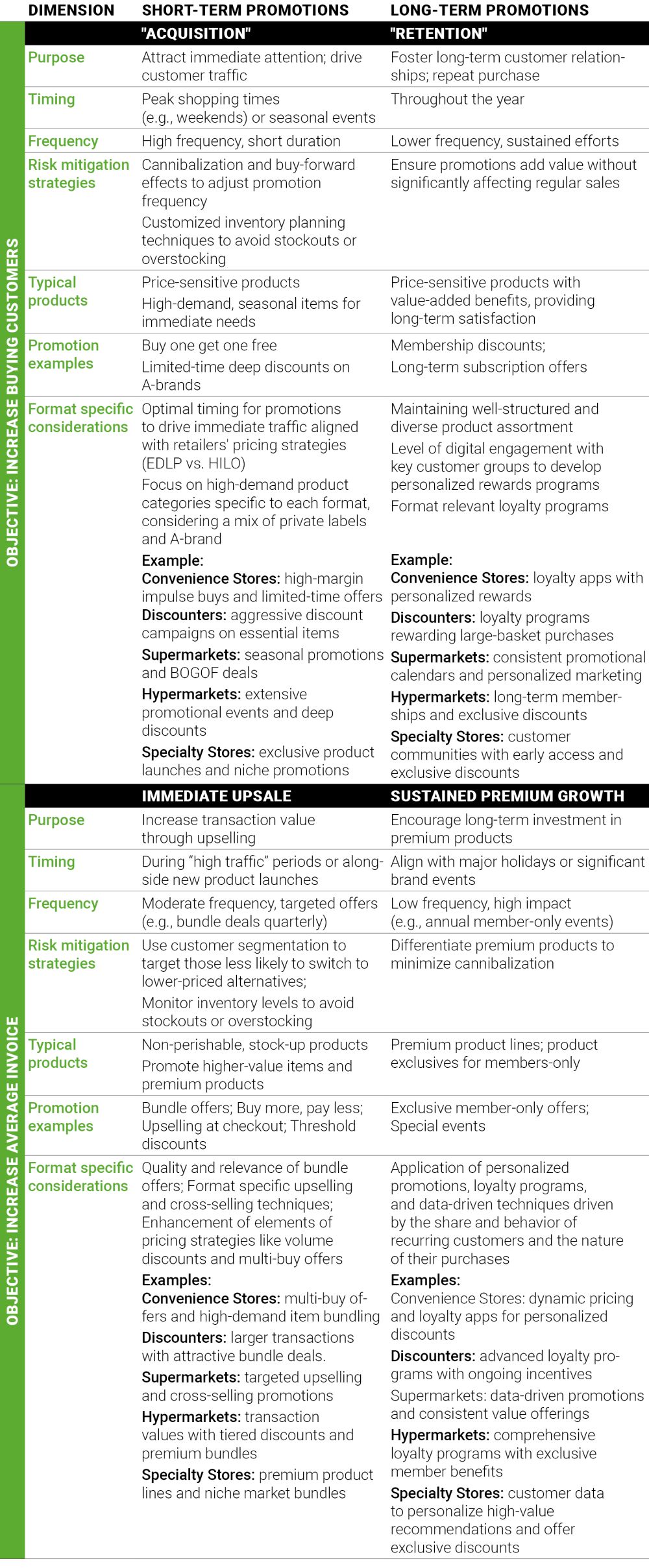Retailers across sectors face ever-increasing challenges in their demand planning and inventory management. A mismatch in planning and actual demand typically leads to high inventory levels and aging stock that require additional effort for sell-out campaigns and write-downs, ultimately deteriorating profits.
Current demand prediction difficulties have the following root causes:
- Promotional chaos:
The retail industry is under immense promotional pressure, with a noticeable increase in the frequency and aggressiveness of discounts. Many retailers increase promotion activities that trigger one-time peak demand and supply, making it more difficult to predict future demand, and which accustom consumers to wait for future price discounts and promotions. - Uncertain demand:
Budget-stretched consumers are less willing to spend and are less brand-loyal, preferring to brand-switch to find better offers. These factors make it more difficult to predict future demand for specific products, price segments and brands. - Underinvested demand planning:
Uncertain market prospects make retailers hesitant to invest in innovative technologies that could automate demand planning and enhance smart data usage. - Supply chain prediction difficulties:
Global supply chain uncertainties and geopolitical instability make it increasingly difficult to ensure product availability. - Sustainability requirements:
ESG product requirements increase the complexity of predicting implications to the product value chain and its supply.
Effective promotion management is therefore becoming increasingly critical in today's competitive retail market. It represents a vulnerable part of the business that requires extensive coordination, as promotions are frequently the top reason for inventory issues among retailers. Establishing clear objectives and KPIs is crucial, as this helps define the entire value chain, sharpens communication, and facilitates inventory planning with suppliers.
Best-practice retailers use a structured approach for promotion activities, which sets clear objectives along two key dimensions:
Short-term vs. long-term promotions
Short-term promotions target new customer acquisition, or an
immediate increase of transaction value through upselling. The aim
is to drive customer traffic for a short duration. This is
typically used for seasonal products where risk of cannibalization
or the "buy-forward" effect is limited.
Long-term promotions target customer retention, to enhance
customer relationships with repeated purchases or revenue growth of
premium, high-margin products. This requires consistent engagement
throughout the year, primarily via special events, national
branding campaigns, premium selection catalogues, or thematic
offers.
Sales drivers: more buying customers vs. higher average invoice increase
New customer acquisition is particularly effective for
price-sensitive products, such as through "buy one, get one
free" promotions or membership discounts. Price-sensitive
products, by their nature, lead to significant customer responses
to lower prices, thereby driving higher traffic and encouraging
more first-time purchases. Placement with high visibility across
channels is therefore key to catching the customer's
attention.
Average invoice increases are generally achieved via promotion of
high-value items and premium products, e.g., via bundle offers or
exclusive member-only products. Additionally, promotions that
include price-elastic products and stock-up items can also drive
higher invoice totals as consumers tend to increase their
consumption or purchase in larger quantities to take advantage of a
discount.
Figure 1 provides example guidelines for different dimensions of promotion management.

Figure 1: Promotional Impact Framework
Conclusion
A well-crafted promotional strategy, aligned with the basic sales formula (total sales = number of customers x average purchase amount) and clear goals for each product, can enhance management of this vulnerable part of the business. Thorough planning of each segment of promotional impact framework can help reduce common problems like high inventory levels, aging stock, and write-offs, leading to optimized inventory management. This also enables strategic negotiations with suppliers and ensures precise responses to competitors' promotions.
The content of this article is intended to provide a general guide to the subject matter. Specialist advice should be sought about your specific circumstances.


